29 Days and 28 Nights
Daily Tour
Unlimited
English
About this tour
Ama Dablam Expedition: Conquering the Matterhorn of the Himalayas
Ama Dablam! One of the most iconic peaks in the Himalayas, this stunning pyramid-shaped mountain stands tall at 6,812 meters (22,349 feet) above sea level. Its name translates to “Mother’s Necklace” due to its elegant ridges resembling a mother’s arms embracing her child, and the hanging glacier resembling a traditional pendant worn by Sherpa women.
An expedition to Ama Dablam is not just about scaling a peak; it’s a journey that blends breathtaking beauty, physical challenge, and cultural immersion.

Nestled in the Khumbu region of Nepal, the Ama Dablam Expedition beckons adventurers with its majestic beauty and formidable challenges. Standing proudly at 6,812 meters (22,349 feet), Ama Dablam is a pyramid-shaped peak that has captured the imagination of mountaineers worldwide. This iconic Himalayan giant offers a unique blend of technical rock and ice climbing, breathtaking landscapes, and a cultural journey through the Sherpa heartland.
1. Location and Terrain:
Ama Dablam, often called the “Matterhorn of the Himalayas,” is situated within the confines of Sagarmatha National Park, a UNESCO World Heritage Site. The park is home to some of the world’s highest peaks, including the mighty Everest. Ama Dablam’s distinct pyramid shape and sharply defined ridges make it a visually stunning mountain, drawing climbers seeking a challenging and aesthetic ascent.
The Terrain of Ama Dablam is a demanding amalgamation of rock, ice, and snow. Climbers encounter crevasses, seracs, and vertical rock walls, presenting a technical challenge that requires a diverse skill set. The climb is characterized by steep faces, knife-edge ridges, and a hanging glacier known as the “Dablam,” adding an extra layer of complexity to the ascent.
2. Climbing Routes:
The Southwest Ridge is the most popular route for Ama Dablam, attracting climbers with its technical intricacies and breathtaking exposure. The ascent involves a combination of rock, ice, and mixed climbing, demanding proficiency in various climbing techniques. Climbers navigate through challenging sections, including the Grey Tower, Yellow Tower, and Mushroom Ridge, each presenting its obstacles.
The climb up Ama Dablam is known for its exposed rock faces, where climbers often rely on fixed ropes for safety. Negotiating the Dablam, a hanging glacier prone to avalanches, requires careful assessment of conditions and strategic planning. The final push to the summit culminates the skills acquired during the ascent, rewarding climbers with unparalleled panoramic views of the Everest and Lhotse massifs.
3. Climbing Difficulty:
Ama Dablam Expedition is graded as a challenging expedition, demanding high-level technical proficiency and physical fitness from climbers. The technical nature of the climb necessitates expertise in rock and ice climbing, along with the ability to adapt to changing conditions. Altitude adds another layer of complexity, requiring climbers to acclimatize gradually to minimize the risk of altitude-related illnesses.
Climbers must be adept at using climbing equipment, such as ice axes, crampons, and harnesses, and possess the skills to navigate steep and exposed Terrain. The expedition demands mental resilience, as climbers face not only the physical challenges of the climb but also the ever-present risk of unpredictable weather conditions in the Himalayas.
4. Base Camp and Acclimatization:
The journey to Ama Dablam begins with a flight to Lukla, followed by a trek through the culturally rich Khumbu Valley. The base camp, situated at approximately 4,570 meters (15,000 feet), is the starting point for the climb. Acclimatization rotations become a crucial part of the expedition, involving climbs to higher elevations and strategic descents to lower altitudes.
These rotations help climbers acclimate to the thin air, allowing their bodies to adjust gradually to the reduced oxygen levels at higher elevations. Acclimatization enhances the chances of a successful summit and reduces the risk of altitude sickness, a familiar challenge mountaineers face in the Himalayas.
5. Climbing Season:
The optimal climbing seasons for Ama Dablam are during the pre-monsoon (spring) and post-monsoon (autumn) periods. April to May and September to November provide stable weather conditions and clearer skies, offering the best opportunities for a successful ascent. During these seasons, the Himalayan weather tends to be more predictable, with lower chances of precipitation and reduced risks of avalanches and storms.
Climbers must carefully plan their expeditions to coincide with these favorable weather windows, ensuring safer and more enjoyable climbing conditions. The spring season, in particular, aligns with the end of the harsh winter, presenting climbers with the beauty of blooming rhododendron forests and a vibrant landscape.
6. Cultural Experience:
Beyond the physical and technical challenges, the Ama Dablam Expedition offers a unique cultural experience as climbers traverse Sherpa villages and monasteries. The Ama Dablam Expedition to the base camp provides a glimpse into the rich traditions of the Sherpa people, who have called the Khumbu Valley their home for generations.
Climbers have the opportunity to immerse themselves in the local culture, witness traditional ceremonies, and gain insights into the spiritual practices of Tibetan Buddhism. The hospitality of the Sherpa community adds a profound dimension to the expedition, fostering a connection between climbers and the region’s cultural heritage.
Absolutely, Ama Dablam! One of the most iconic peaks in the Himalayas, this stunning pyramid-shaped mountain stands tall at 6,812 meters (22,349 feet) above sea level. Its name translates to “Mother’s Necklace” due to its elegant ridges resembling a mother’s arms embracing her child, and the hanging glacier resembling a traditional pendant worn by Sherpa women.
An expedition to Ama Dablam is not just about scaling a peak; it’s a journey that blends breathtaking beauty, physical challenge, and cultural immersion. Here’s a glimpse into the allure of an Ama Dablam expedition:
The Allure of Ama Dablam Expedition
1. Majestic Beauty:
Ama Dablam’s picturesque beauty captivates climbers and adventurers alike. Its steep, ice-capped slopes against the backdrop of the Himalayas make it a photographer’s dream.
2. Technical Challenge:
Often referred to as the “Matterhorn of the Himalayas,” Ama Dablam presents a formidable challenge to climbers. Its steep pitches, exposed ridges, and technical climbing sections demand expertise in ice, rock, and mixed climbing.
3. Cultural Immersion:
An expedition to Ama Dablam isn’t just about the climb; it’s an immersion into Sherpa culture. The journey to the mountain takes you through picturesque Sherpa villages, offering glimpses into their traditions, warm hospitality, and way of life.
The Expedition Experience
Preparations:
Preparation for an Ama Dablam expedition involves rigorous physical training, mental preparation, and technical skill development. Climbers typically spend weeks or months acclimatizing and training before attempting the climb.
The Climb Itself:
The climb to Ama Dablam’s summit involves establishing several camps and navigating technical sections like the Grey Tower and the Yellow Tower. Climbers face challenges like ice cliffs, vertical rock faces, and unpredictable weather conditions, making it a thrilling yet demanding ascent.
Summit Success:
Reaching Ama Dablam’s summit is an exhilarating achievement. The panoramic views of Everest, Lhotse, Makalu, and other Himalayan peaks reward climbers for their perseverance and determination.
Why Ama Dablam Expedition?
1. Iconic Yet Less Crowded:
Despite its fame, Ama Dablam sees fewer climbers compared to Everest or other major peaks. This offers a more intimate and less crowded climbing experience.
2. Technical Skill Enhancement:
Climbing Ama Dablam provides an opportunity for experienced climbers to enhance their technical skills in a challenging yet manageable setting.
3. Cultural Connection:
Interacting with the Sherpa community and witnessing their way of life adds a unique cultural dimension to the expedition.
Embarking on the Ama Dablam Expedition is a journey that transcends the physical act of climbing. Ama Dablam Expedition is a testament to the indomitable spirit of mountaineers who seek the thrill of conquering a formidable peak, the beauty of the Himalayan landscape, and the richness of its cultural tapestry. With its towering presence and technical challenges, Ama Dablam stands as a jewel in the crown of Himalayan mountaineering, offering an experience that lingers in the hearts and memories of those who dare to ascend its slopes.
Ama Dablam Expedition isn’t just about conquering a peak; it’s a holistic journey that encompasses physical prowess, mental resilience, cultural immersion, and a profound connection with nature. The allure of Ama Dablam lies not just in its stunning beauty but in the transformative experience it offers to those daring enough to take on its challenge.
Please Follow Us For more Updates :
Website : Base Camp Trip
Highlights
- Iconic Pyramid Peak in the Himalayas with dramatic ridges.
- Technical Challenges: Mix of rock, ice, and mixed climbing.
- Panoramic vistas of Everest, Lhotse, and neighboring peaks.
- Trek through Sherpa villages and monasteries.
- Rotations to higher altitudes for thin air adjustment.
- Certified guides enhance safety and enjoyment.
- Secure and comfortable accommodation.
- Witness and participate in traditional rituals.
- Commitment to minimize ecological impact.
- A blend of physical achievement, Himalayan beauty, and cultural richness.
Included/Excluded
- Comfortable Ama Dablam Base Camp accommodation
- Nutritious meals by experienced chefs catering to diverse preferences
- Facilitation of climbing permits and documentation
- Provision of essential climbing equipment
- Strategically planned acclimatization rotations for safety
- Knowledgeable and certified climbing guides
- Coordination of logistics and transportation services
- Access to emergency medical support and evacuation
- Observance of environmentally responsible practices
- Travel expenses to/from country of origin, including international flights
- Climbers responsible for personal climbing gear, clothing, and equipment
- Requirement for comprehensive travel and expedition insurance
- Visa fees and entry expenses into Nepal are not included
- Personal expenses (meals, snacks, souvenirs, communication) not covered
- Responsibility for costs related to alcoholic/non-inclusive beverages
- Gratuity for guides, support staff, and porters at the climber's discretion
- Costs from unforeseen events (natural disasters, political instability) not covered
- Additional permits for side excursions/deviations not included
- Costs of optional activities/excursions not specified in itinerary not covered
Itinerary
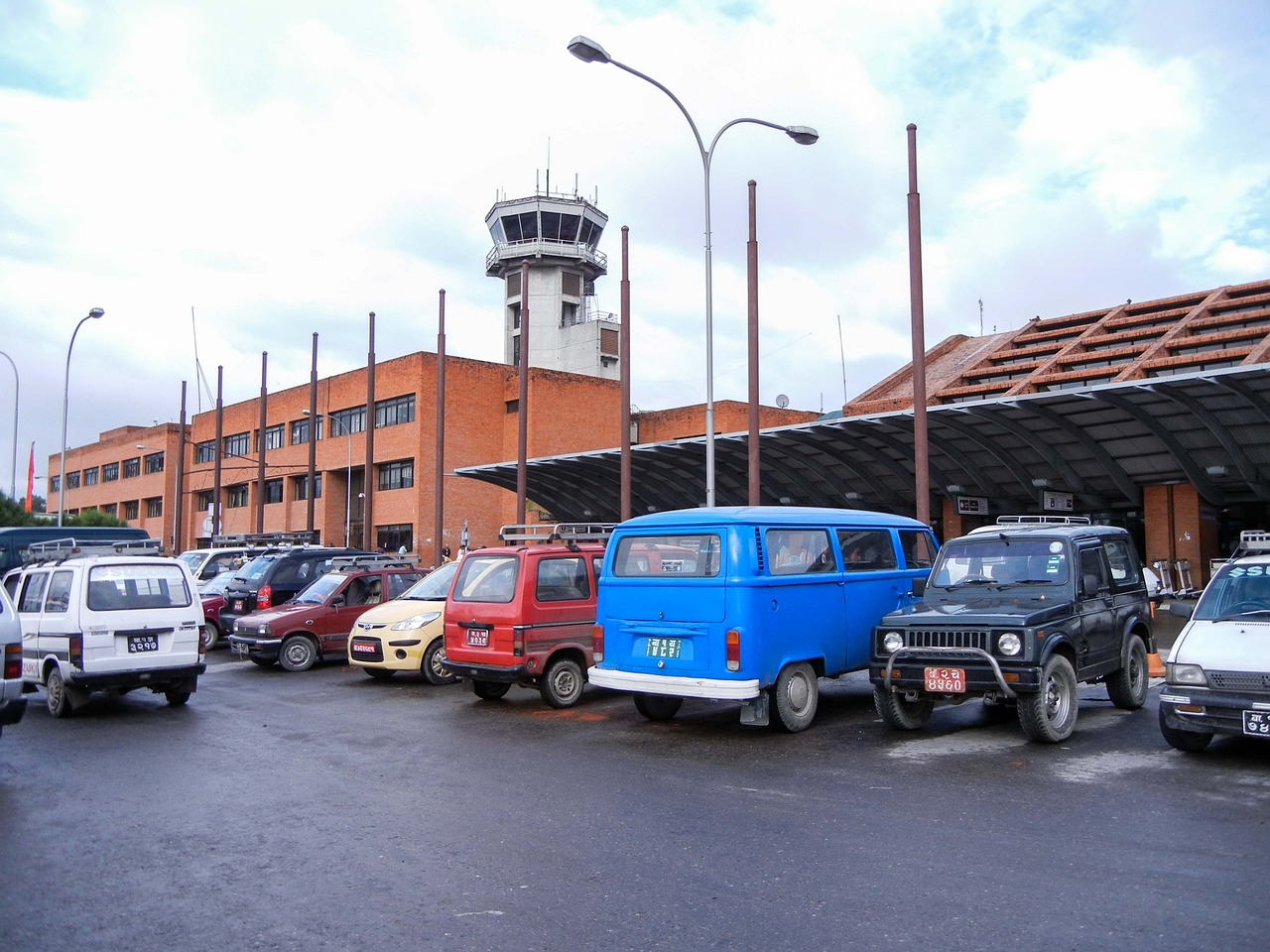
Upon your arrival at Kathmandu airport (1,400 m), you'll be welcomed and transferred to your hotel. This marks the beginning of your Ama Dablam expedition. The rest of the day is free for you to settle in and relax. Overnight stay at the hotel.

This day is dedicated to official expedition formalities and thorough preparation for the upcoming adventure. You may need to attend a briefing, check and prepare your equipment, and make any necessary last-minute arrangements. Overnight stay at the hotel.

Ensure all final preparations are completed today. Double-check your gear, meet your expedition team, and address any remaining details. Take the opportunity to explore Kathmandu if time allows. Overnight stay at the hotel.

An early morning flight takes you to Lukla (2,840 m) or, alternatively, a drive to Manthali followed by a short flight to Lukla. From Lukla, commence your trek to Phakding (2,610 m) for 3 to 4 hours. The journey introduces you to the stunning landscapes of the Khumbu region. Overnight at a guesthouse.

Embark on a scenic trek to Namche Bazaar (3,440 m) for 5 to 6 hours. This vibrant Sherpa town serves as a crucial acclimatization point and offers magnificent views of the surrounding peaks. Overnight at a guesthouse.

A day dedicated to acclimatization in Namche. You can explore the town, visit the local market, and take short hikes to higher elevations to aid the acclimatization process. Overnight at a guesthouse.

Continue your trek to Tengboche Monastery (3,860 m) for 5 to 6 hours. The trail presents stunning views of the Himalayan giants, and Tengboche is renowned for its ancient monastery and cultural significance. Overnight at a guesthouse.

A shorter trek of 2 to 3 hours takes you to Pangboche (3,930 m). The village is surrounded by captivating landscapes and is an essential stop on your journey. Overnight at a guesthouse.

Embark on a 5 to 6 hours trek to reach Ama Dablam Base Camp (4,600 m). This is a significant point in your expedition, offering breathtaking views of Ama Dablam and the surrounding peaks. Overnight at a tented camp.

A well-deserved rest day and acclimatization at the Base Camp. This allows your body to adapt to the high altitude, ensuring a safer ascent during the climbing period. Overnight at the tented camp.

The climbing period of Ama Dablam marks the most crucial phase of the expedition, spanning from Day 11 to Day 25. This extended duration is meticulously designed to ensure a safe, successful, and well-acclimatized ascent to the summit of Ama Dablam. Here's a detailed breakdown of the activities and experiences during this significant period: Ascend and Descend: The itinerary during this phase involves a strategic pattern of ascending to higher altitudes and descending to lower elevations. This approach is fundamental for acclimatization, allowing climbers to gradually adjust to the thinning air and reduced oxygen levels associated with higher altitudes. This process minimizes the risk of altitude-related illnesses and enhances overall well-being. Carefully Planned Itinerary: The climbing itinerary is carefully structured to optimize acclimatization. Climbers follow a series of ascents to various camps at increasing altitudes, allowing their bodies to adapt progressively. Each climb is followed by descending to a lower base, providing essential recovery periods and ensuring the body's gradual acclimatization. Acclimatization: Acclimatization is a key focus during the climbing period. It involves spending extended periods at higher altitudes, allowing the body to generate additional red blood cells to cope with reduced oxygen levels. This physiological adaptation is critical for the climbers' overall health and stamina, particularly as they approach the challenging altitudes closer to the summit. Summit Push: The latter part of the climbing period is dedicated to the summit push. Climbers embark on the final ascent to the pinnacle of Ama Dablam, navigating challenging terrain and overcoming technical sections. The summit push culminates weeks of preparation, training, and acclimatization. Weather Considerations: Weather conditions in the high Himalayas are unpredictable and can significantly impact the safety and success of the climb. The climbing period considers the region's weather patterns, with flexibility built into the itinerary to allow for adjustments based on real-time conditions. This adaptability is crucial for ensuring the safety and well-being of the climbers. Team Well-Being: The overall well-being of the climbing team is a top priority. Experienced guides and support staff closely monitor each climber's physical and mental condition. Regular health assessments are conducted, and the climbing itinerary is adjusted if needed to prioritize the safety and health of the team members. Team Dynamics: Ama Dablam expeditions often foster strong team dynamics. Climbers share challenges, triumphs, and the unique experience of pushing their limits in a high-altitude environment. The camaraderie built during the climbing period contributes to the overall success and enjoyment of the expedition. In essence, the climbing period of Ama Dablam is an immersive journey that goes beyond the physical ascent. It's a test of resilience, adaptability, and teamwork, culminating in the awe-inspiring achievement of reaching the summit of one of the world's most iconic peaks.
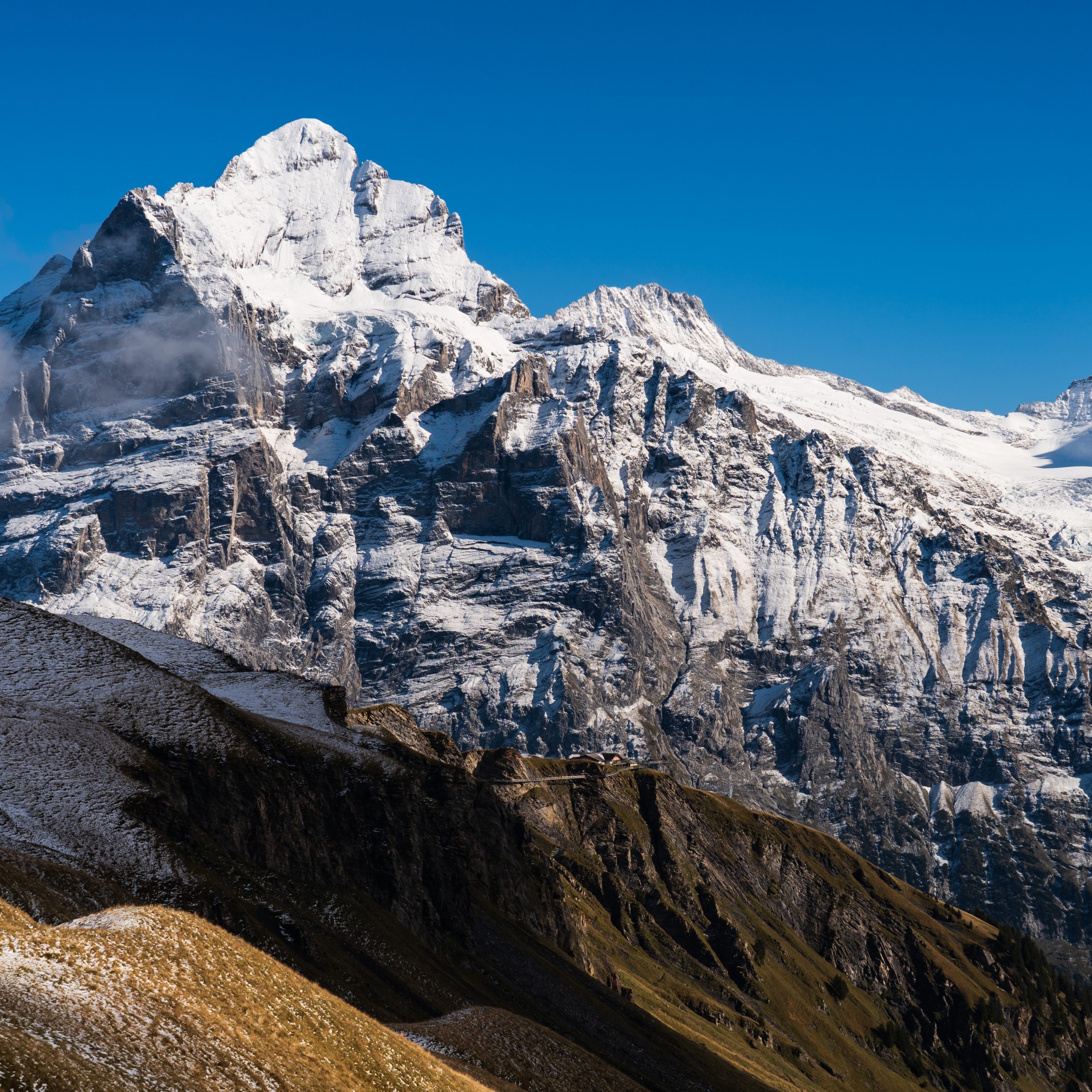
After the climbing period, trek back to Namche Bazaar (3,440 m) for 6 to 7 hours. This descent allows you to enjoy different perspectives of the landscapes you passed during the ascent. Overnight at a guesthouse.

Continue your trek to Lukla (2,840 m) for 6 to 7 hours. This marks the completion of your journey through the Khumbu region. Overnight at a guesthouse.

Fly to Kathmandu, which takes approximately 35 minutes. Alternatively, if you flew to Manthali, drive to Kathmandu for 4 to 5 hours. This is a day to relax and reflect on the expedition's achievements. Overnight at a hotel.

On your final day, our team will assist you in transferring to the international airport for your departure. This concludes your remarkable Ama Dablam expedition, filled with challenges, achievements, and breathtaking moments in the heart of the Himalayas.
Durations
Languages
Frequently asked questions
The best time for the Ama Dablam Expedition is during the pre-monsoon (spring) from April to May and the post-monsoon (autumn) from September to November. These seasons offer the most favourable weather conditions with stable temperatures, clearer skies, and reduced precipitation. Climbing during these periods enhances safety and provides climbers with optimal conditions to navigate the technical challenges of Ama Dablam while enjoying breath-taking views of the Himalayan landscape.
The Ama Dablam Expedition is considered a challenging endeavour, requiring climbers to possess a high level of technical proficiency and a significant degree of mountaineering experience. Ama Dablam, with its distinctive pyramid shape and dramatic ridges, presents a unique set of challenges that demand a diverse skill set from those attempting its ascent. One of the primary factors contributing to the expedition's difficulty is the technical nature of the climb. Climbers face a mix of rock, ice, and mixed climbing throughout the ascent. Negotiating sections such as the Grey Tower, Yellow Tower, and the Mushroom Ridge demands a comprehensive understanding of various climbing techniques. The Grey Tower, in particular, poses a challenging rock climb, while the ascent through the hanging glacier and ice sections requires proficiency in ice and mixed climbing. Apart from the technical challenges, the altitude adds another layer of difficulty to the Ama Dablam Expedition. At 6,812 meters (22,349 feet), climbers must contend with reduced oxygen levels, increasing the physical demands of the climb. The altitude also elevates the risk of altitude-related illnesses, making acclimatization an essential component of the expedition. Climbers attempting Ama Dablam should have prior experience with high-altitude climbs, ideally having summited peaks above 6,000 meters. This experience ensures that participants are familiar with the physiological and psychological challenges associated with high-altitude mountaineering. Additionally, being in excellent physical condition is imperative to withstand the physical exertion and prolonged exposure to challenging conditions. The expedition's grading as challenging underscores the need for climbers to be well-prepared not only physically but also mentally. Mental resilience is crucial for overcoming the unpredictable weather conditions that are common in the Himalayas. Sudden changes in weather, including storms and avalanches, can further intensify the difficulty of the climb. Given the technical demands, altitude considerations, and unpredictable weather, climbers are often recommended to undergo specialized training and preparation for Ama Dablam. This may include honing rock and ice climbing skills, participating in high-altitude training, and gaining experience in varied climbing conditions. In summary, the Ama Dablam Expedition is classified as challenging due to its technical complexity, high-altitude nature, and the unpredictable Himalayan environment. Successful participants must possess a combination of technical proficiency, prior high-altitude experience, physical fitness, and mental resilience to navigate the ascent and reach the summit of this iconic Himalayan peak.
For the Ama Dablam Expedition, climbers need to bring a comprehensive set of personal climbing gear to ensure safety and comfort in the challenging Himalayan conditions. While essential climbing equipment is often provided as part of the expedition package, climbers are responsible for their personal gear, clothing, and equipment. Here is a general list of gear needed for the Ama Dablam Expedition:
- Clothing
- Insulating layers (down or synthetic jacket)
- Waterproof and windproof jacket and pants
- Base layers (moisture-wicking)
- Climbing trousers
- Softshell pants and jacket
- Fleece jacket or vest
- Thermal gloves and waterproof gloves
- Warm hat and sun hat
- Gaiters
- Footwear
- Mountaineering boots suitable for crampons
- Gaiters
- Approach shoes or trekking boots for lower altitudes
- Socks (synthetic or wool blend)
- Climbing Equipment
- Climbing harness
- Helmet
- Carabiners (locking and non-locking)
- Ice axe
- Crampons
- Prusik loops and cord
- Ascender
- Belay device
- Trekking poles
- Technical Gear
- Ropes (some may be provided by the expedition)
- Ice screws
- Snow pickets
- Rock protection (nuts, cams)
- Slings and quick draws
- Personal Gear
- Backpack (40-50 liters)
- Sleeping bag (rated for cold temperatures)
- Sleeping pad
- Headlamp with extra batteries
- Sunglasses with UV protection
- Sunscreen and lip balm with high SPF
- Water bottles or hydration system
- Personal first aid kit
- Toiletries and personal hygiene items
- Multi-tool or knife
- Miscellaneous
- Climbing permit and documentation
- Passport and necessary visas
- Cash for additional expenses
- Camera or smartphone for capturing memories
- Journal and pen
It is crucial to consult with the expedition organizers and guides for specific gear recommendations and any additional items required. Climbers should ensure that their gear meets the necessary standards and is suitable for the challenging conditions of Ama Dablam. Additionally, it's advisable to undergo thorough training with the equipment and familiarize oneself with its use before embarking on the expedition.
The Ama Dablam Expedition places a significant emphasis on environmental responsibility, recognizing the delicate nature of the Himalayan ecosystem and the need to minimize its ecological impact. Climbers and expedition organizers adhere to a set of practices aimed at preserving the natural beauty of the region and promoting sustainable mountaineering. Some key aspects of the environmental impact and conservation efforts include:
- Waste Management:
- Strict adherence to "Leave No Trace" principles to minimize the environmental footprint.
- Carry-out policy for all waste, including human waste, to keep the mountain and surrounding areas pristine.
- Campsite Practices
- Careful selection and setup of campsites to minimize disturbance to local flora and fauna.
- Proper disposal of waste and waste water from campsites to prevent pollution.
- Energy Consumption
- Efficient use of energy resources, such as minimizing fuel consumption and optimizing cooking practices.
- Use of renewable energy sources where feasible, such as solar power for lighting.
- Flora and Fauna Protection
- Respect for local wildlife by maintaining a safe distance and avoiding disruption to their habitats.
- Education and awareness programs to inform climbers about the local biodiversity and the importance of conservation.
- Cultural Respect
- Respect for local cultural heritage, including monasteries and sacred sites, by following established guidelines for interaction.
- Support for local communities through responsible tourism practices, contributing positively to the local economy.
- Permit Compliance
- Strict adherence to climbing permits and regulations set by local authorities to ensure responsible and sustainable mountaineering.
- Training and Awareness
- Education of climbers and expedition staff on the principles of environmental responsibility and sustainable practices.
- Encouragement of eco-friendly behaviour’s, such as minimizing noise pollution and avoiding unnecessary disturbances.
- Trail Maintenance
- Participation in trail maintenance activities to repair and restore paths used during the expedition.
- Collaboration with local conservation initiatives to contribute to the overall health of the trekking routes.
- Community Engagement
- Inclusion of local communities in environmental conservation efforts, fostering a sense of shared responsibility.
- Support for community-led initiatives that focus on environmental sustainability.
By integrating these practices into the Ama Dablam Expedition, climbers and organizers strive to leave minimal impact on the environment and contribute positively to the long-term conservation of the Himalayan region. These efforts are essential to ensure that future generations can continue to enjoy the natural beauty and cultural richness of this iconic mountainous landscape.
The accommodation at Ama Dablam Base Camp is designed to provide climbers with a comfortable and secure resting place during their expedition. While specific facilities can vary based on expedition organizers and logistics, here are general characteristics of the accommodation at Ama Dablam Base Camp:
- Tents
- Base Camp typically consists of sturdy, weather-resistant tents that can withstand the harsh conditions of the Himalayan environment.
- Tents are equipped with insulation to provide warmth in the colder temperatures often experienced at higher altitudes.
- Dining Area
- A communal dining area or mess tent is set up for meals and socializing. This space allows climbers to come together, share experiences, and enjoy meals prepared by expedition chefs.
- Common Facilities
- Depending on the expedition, common facilities such as a communication tent, medical tent, and equipment storage area may be available.
- These facilities are organized to support the logistical and safety aspects of the expedition.
- Climbing Equipment Storage
- Designated areas for storing climbing equipment are provided to ensure easy access and organization. This helps climbers prepare for upcoming ascents and rotations.
- Washroom Facilities
- Basic washroom facilities, such as portable toilets, may be set up to maintain hygiene standards. In some cases, climbers may use environmentally friendly systems to manage waste.
- Amenities
- Limited amenities are available at Base Camp, as the focus is on providing essential services for climbers. These may include a basic communication system for emergencies.
- Views and Scenery
- Ama Dablam Base Camp is strategically located to offer stunning views of the surrounding peaks and the iconic Ama Dablam itself. Climbers can enjoy the natural beauty of the Himalayan landscape from the campsite.
It's important to note that the accommodation at Ama Dablam Base Camp is designed to balance comfort with the practical requirements of a high-altitude expedition. Climbers should be prepared for a more rustic living environment compared to lower-altitude accommodations. Additionally, the focus on environmental responsibility means that facilities are designed to have minimal impact on the delicate ecosystem of the Himalayas.

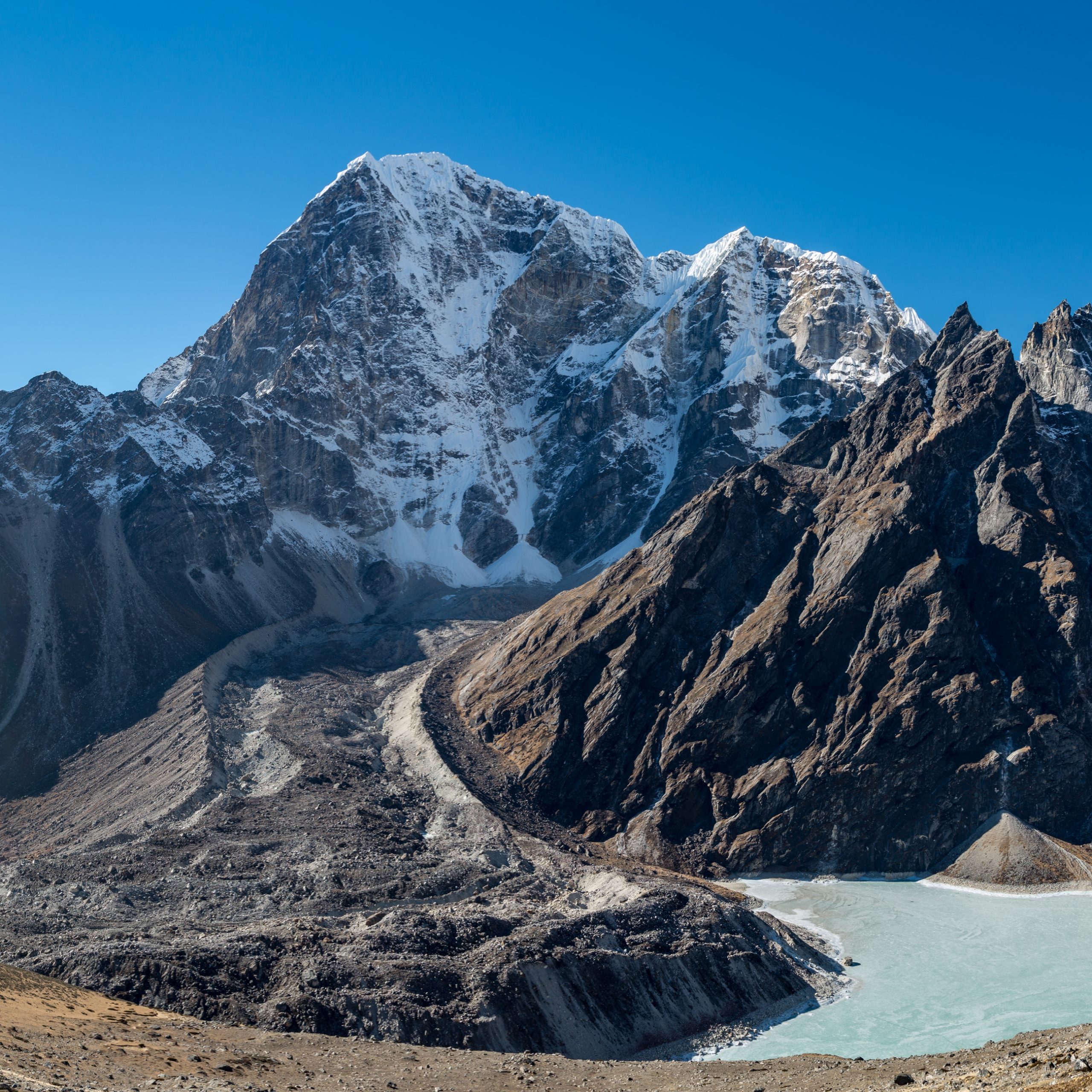




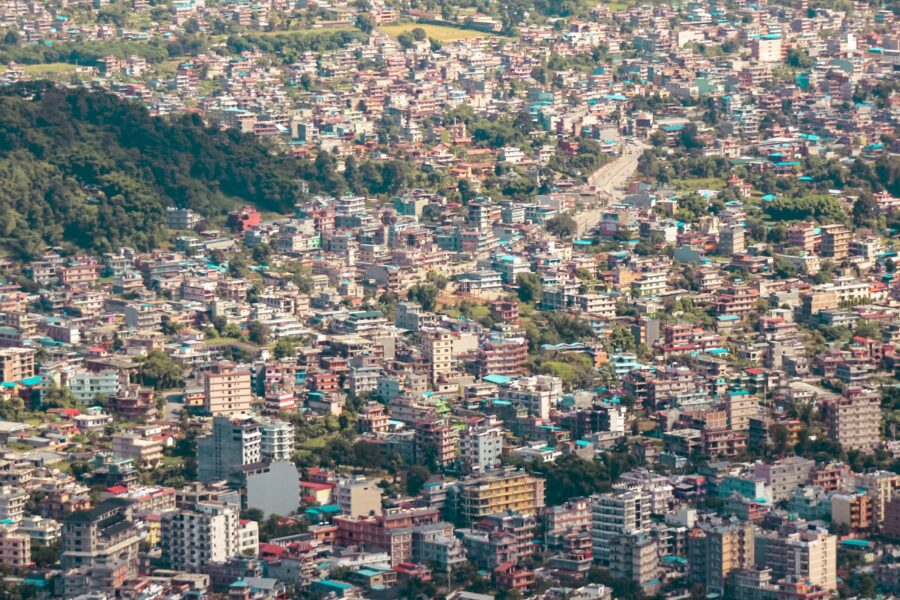


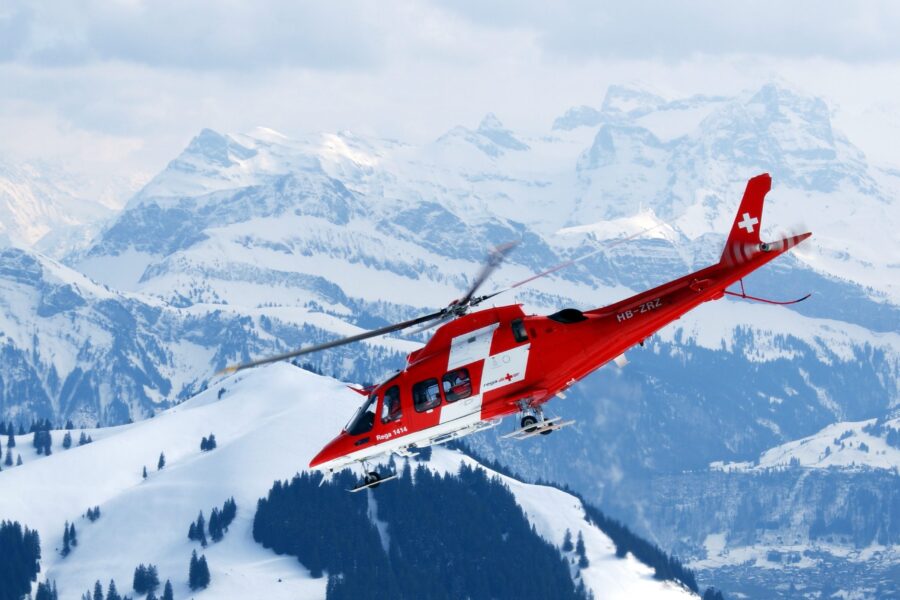

Leave a review